Have you ever wondered how a humble plant like the Nopal cactus can potentially boost athletic performance? This prickly yet fascinating plant, also known as prickly pear or Opuntia, has been used for centuries in traditional medicine. Today, it is gaining attention in the world of sports nutrition for its purported benefits. Whether you’re an elite athlete or someone who enjoys staying active, understanding how Nopal cactus can enhance your athletic prowess might just be the secret ingredient you’ve been searching for.
Understanding Nopal Cactus
To appreciate how Nopal cactus can benefit athletic performance, it’s important to understand what it is and what it offers. The Nopal cactus grows in arid regions and is known for its flat, fleshy pads. These pads, as well as the fruit it bears, are packed with nutrients and have a long history in culinary and medicinal use.
Nutritional Profile of Nopal Cactus
Nopal cactus is more than just a bizarre addition to your diet. It’s rich in a range of nutrients including vitamins, minerals, fiber, and antioxidants, which all contribute to your overall health and potentially your athletic performance. Here’s a snapshot of what you can find in 100 grams of raw Nopal cactus:
- Calories: Approximately 16
- Protein: 1 gram
- Fat: Less than 1 gram
- Carbohydrates: 3 grams
- Fiber: 2 grams
- Vitamin C: 9 mg (15% of the Daily Value)
- Calcium: 80 mg
- Magnesium: 56 mg
Such a nutrient-dense profile places the Nopal cactus as a valuable contender in the world of sports nutrition.
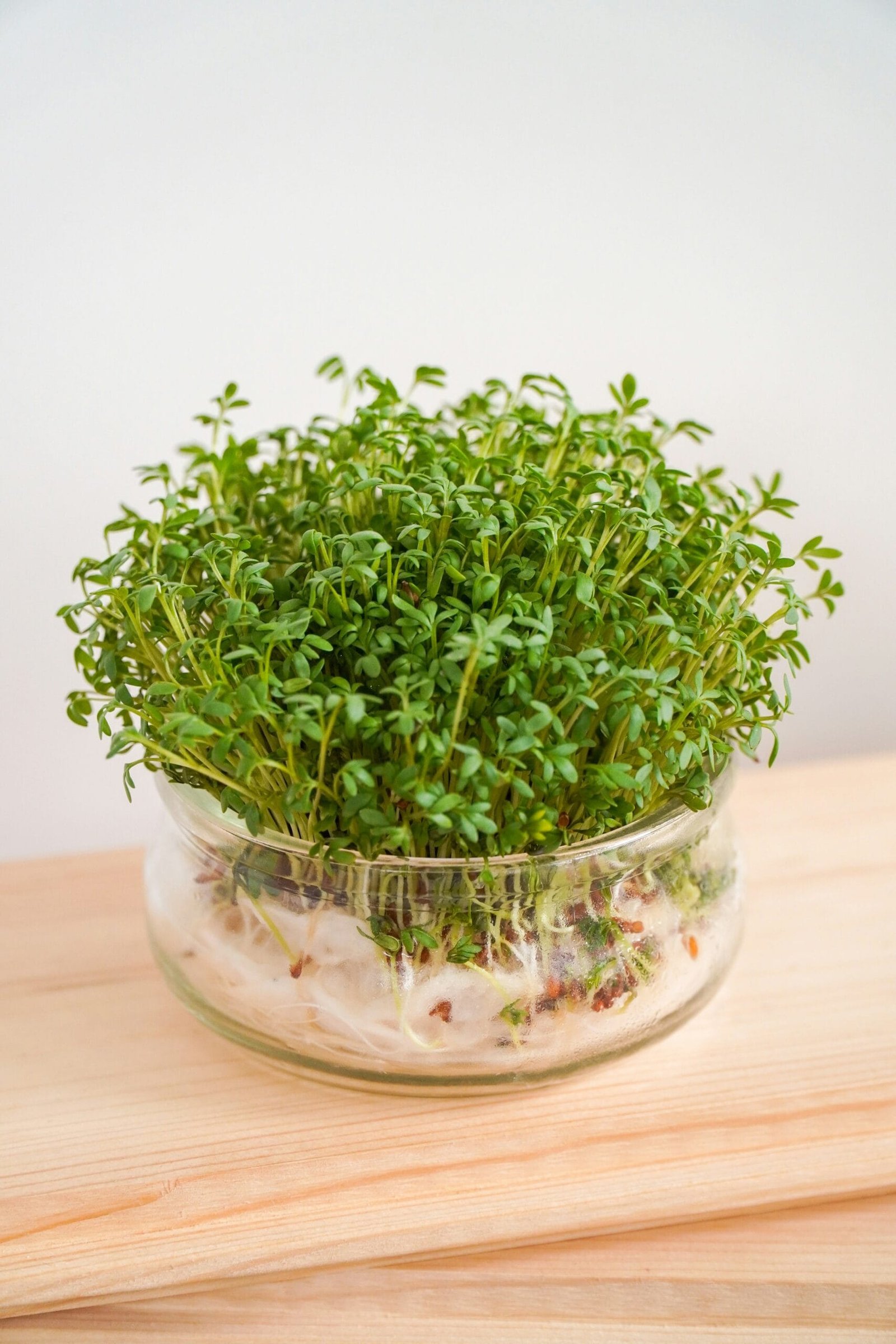
Benefits of Nopal Cactus for Athletes
The various components of Nopal cactus combine to offer several benefits that can be particularly useful for athletes. Let’s take a closer look at how each of these components can make a difference.
Anti-inflammatory Properties
Inflammation is a natural response to exercise, especially intense workouts. However, chronic inflammation can hinder performance and recovery. Nopal cactus is rich in antioxidants, which have anti-inflammatory effects that may help reduce post-exercise inflammation, allowing for quicker recovery and less downtime between training sessions.
Supporting Muscle Recovery
The amino acids present in Nopal cactus, such as taurine and other essential amino acids, play a crucial role in muscle recovery. They assist in repairing the micro-tears in muscle fibers that occur during strenuous workouts, potentially speeding up the recovery process and preparing your body for the next challenge.
Enhancing Endurance
If you’re looking to increase your stamina, the carbohydrates in Nopal cactus can serve as a source of sustained energy. The slow-digesting fiber in the cactus ensures a steady release of glucose into your bloodstream, helping maintain energy levels during endurance sports like long-distance running or cycling.
Regulating Blood Sugar Levels
Maintaining stable blood sugar levels is critical for athletes, as fluctuations can affect energy and performance. Nopal cactus has been shown to aid in the regulation of blood sugar levels, which can prevent energy crashes and keep you performing at your best for longer periods.
Supporting Hydration
Nopal cactus has a high water content, which can contribute to keeping you hydrated, a vital aspect of athletic performance. Proper hydration is necessary for optimal muscle function and preventing fatigue or cramps during exercise.
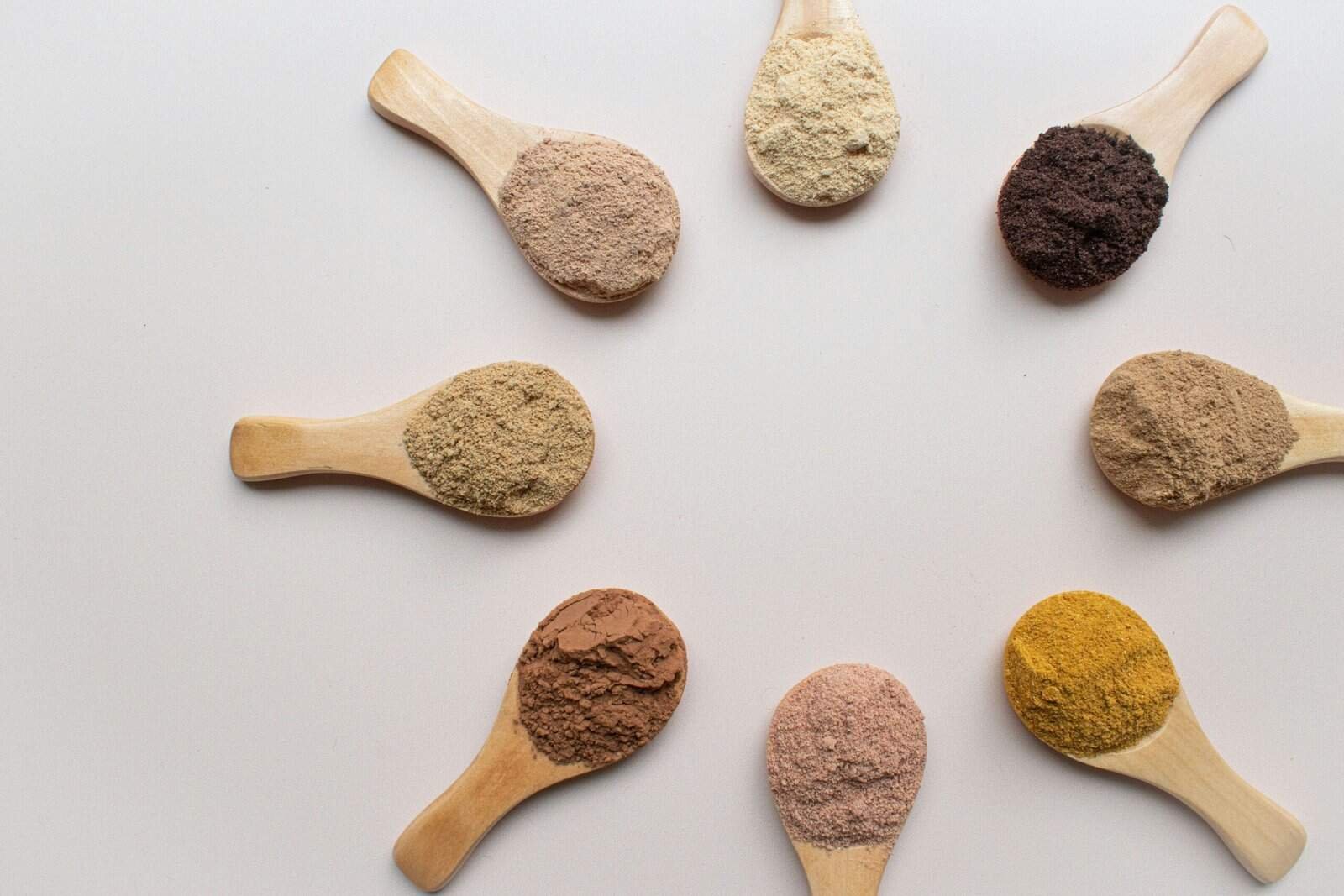
Including Nopal Cactus in Your Diet
Knowing the benefits is only half the battle; incorporating Nopal cactus into your diet is where the magic happens. Let’s explore some practical ways to do just that.
Fresh, Cooked, or Juiced
Nopal cactus pads can be consumed fresh in salads or cooked as a vegetable. They can also be juiced to create a refreshing drink. When cooking Nopal, simply remove the spines, slice the pads, and add them to your favorite stir-fry or scrambled eggs for added nutrients.
Nopal Supplements
For those who find the preparation of fresh Nopal cactus cumbersome, supplements are a convenient alternative. Nopal powder or capsules are widely available and can be easily incorporated into your diet, ensuring you get the benefits without the hassle.
Nopal-Infused Recipes
For something more innovative, consider trying recipes that incorporate Nopal cactus in a unique way. A Nopal cactus smoothie, for instance, can be a great post-workout recovery drink. Simply blend Nopal with your choice of fruit, yogurt, and a bit of honey for a nutrient-packed beverage.
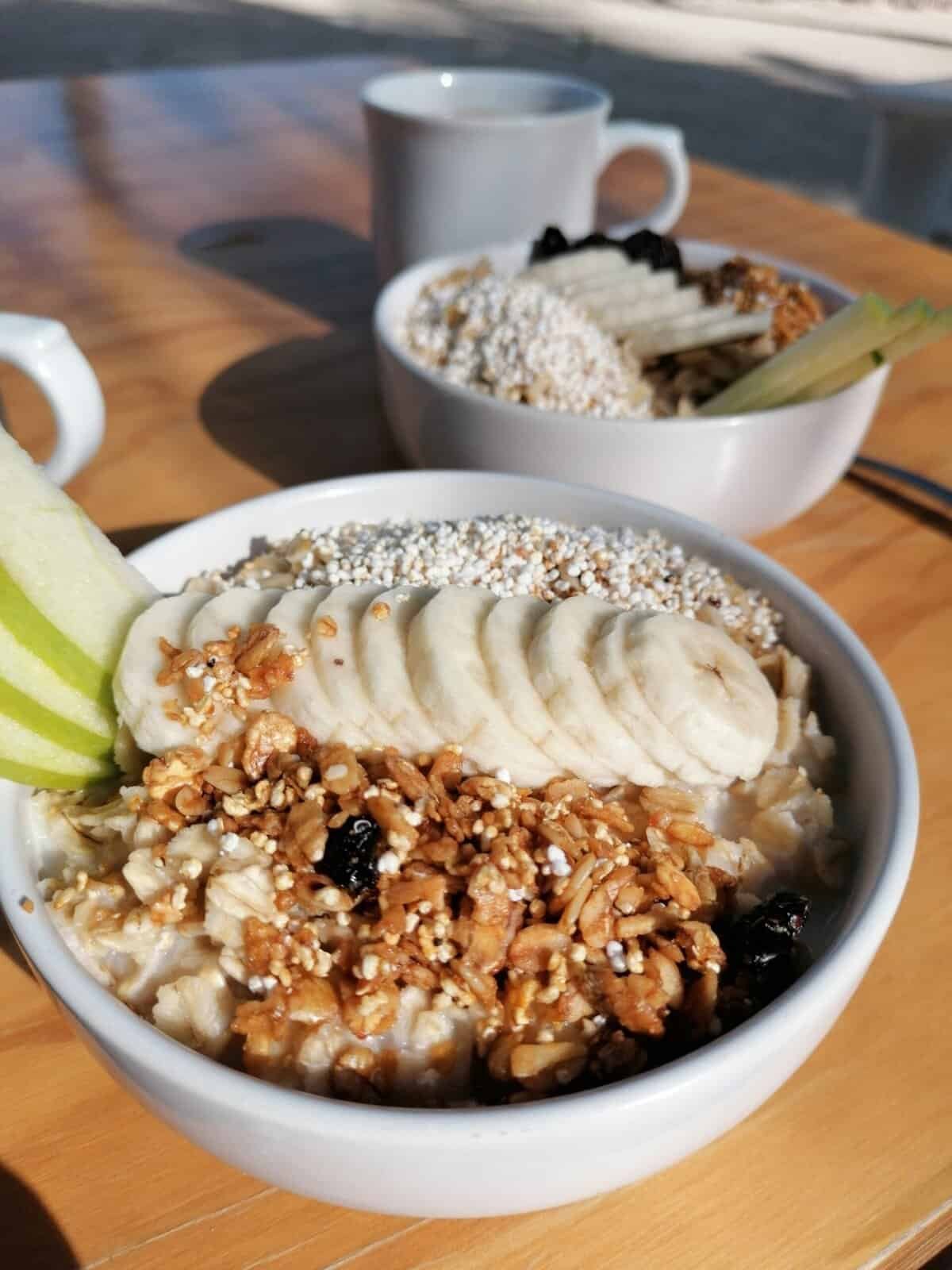
Real-Life Applications and Testimonials
It’s one thing to know about the potential benefits of Nopal cactus; it’s another to hear real-world experiences. Many athletes have started to incorporate Nopal into their diets, with some reporting noticeable improvements in endurance and recovery times.
Case Study: Endurance Athletes
A group of endurance athletes incorporated Nopal supplements into their routine for a month and reported reduced muscle soreness and enhanced stamina during competitions. This anecdotal evidence highlights the potential role Nopal can play alongside a balanced diet and rigorous training regime.
Fitness Enthusiasts
Even for those who enjoy exercise as a hobby, Nopal cactus has found its way into smoothies, salads, and snacks. These fitness enthusiasts credit Nopal for keeping their energy levels stable and their recovery swift.
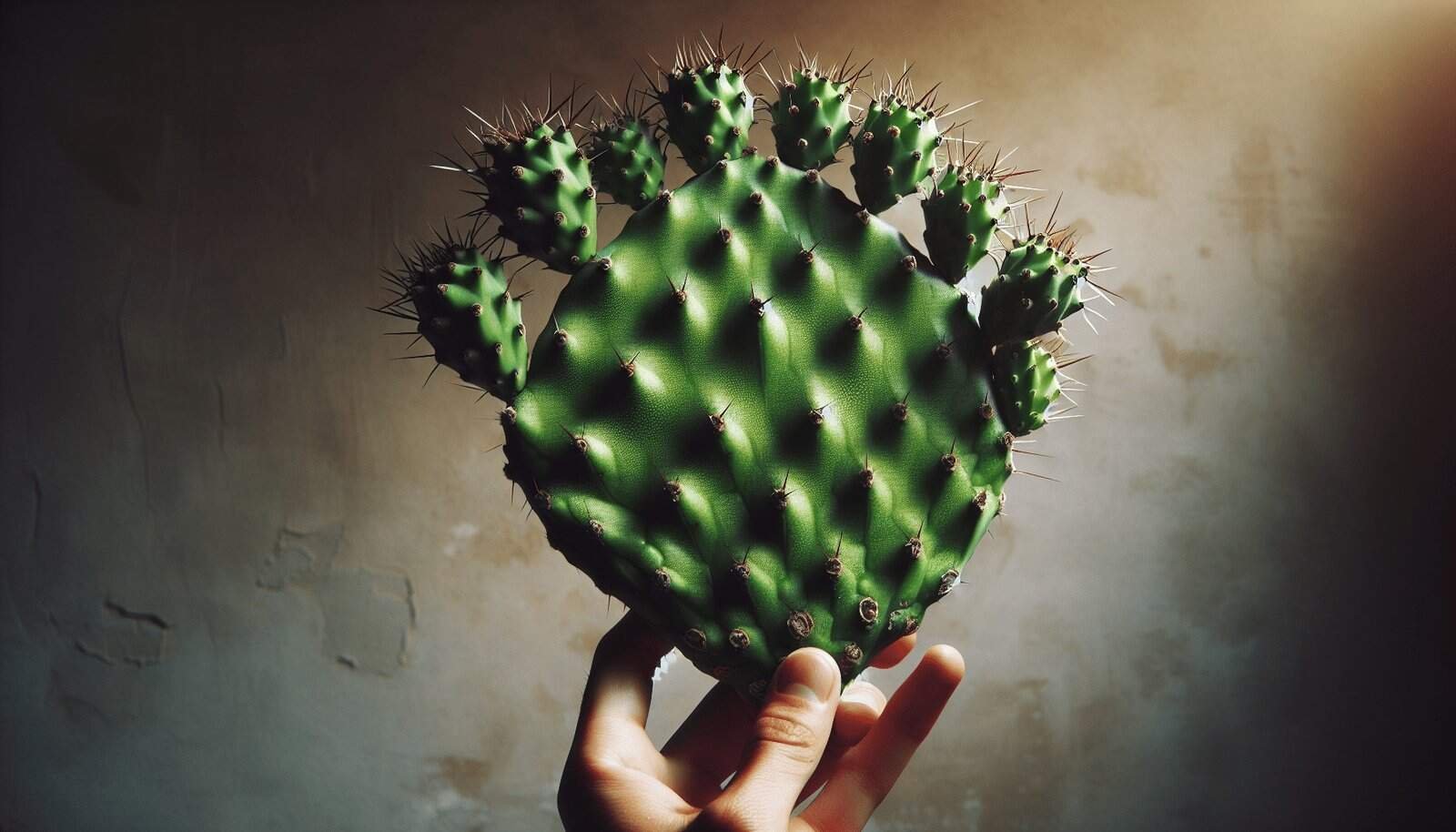
Potential Side Effects and Precautions
While Nopal cactus is generally safe for most people, it’s essential to consider potential side effects and take necessary precautions.
Gastrointestinal Issues
Some individuals may experience digestive discomfort, such as bloating or diarrhea when first consuming Nopal cactus. To mitigate these effects, it may be helpful to start with small amounts and gradually increase intake.
Allergic Reactions
In rare instances, people may be allergic to Nopal cactus. It’s advisable to try a small amount initially to see how your body reacts. If any allergic symptoms occur, such as a rash or difficulty breathing, discontinue use immediately and seek medical advice.
Medication Interactions
Nopal cactus may interact with certain medications, particularly those controlling blood sugar levels. If you’re on medication or have a pre-existing health condition, it’s wise to consult a healthcare professional before adding Nopal to your diet.
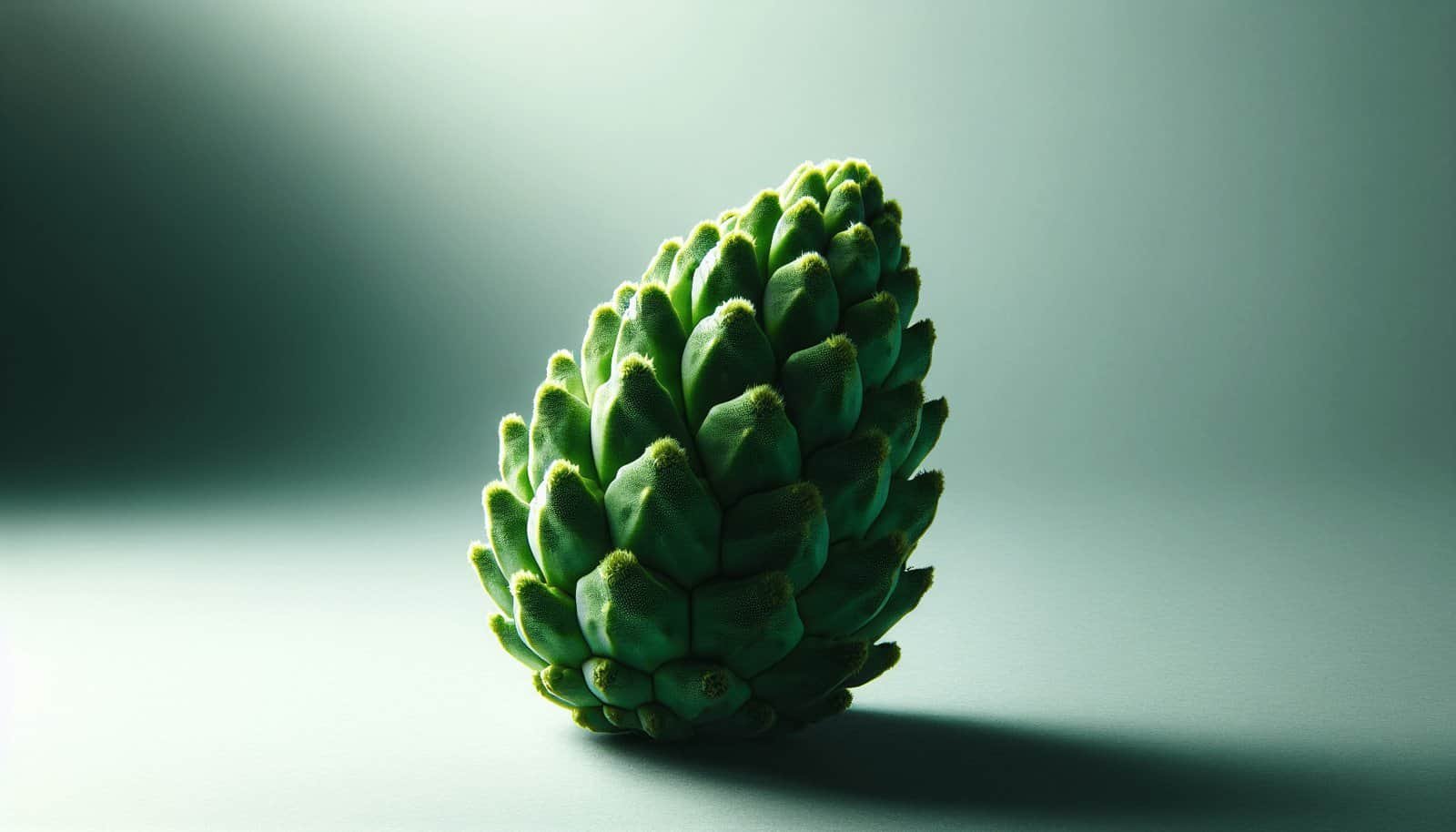
Conclusion
The Nopal cactus, with its rich nutritional profile and array of potential benefits, offers a compelling case for inclusion in an athlete’s diet. Whether through its anti-inflammatory properties, support in muscle recovery, energy enhancement, or blood sugar regulation, Nopal has shown promise as a natural enhancer of athletic performance. As with any dietary addition, personal experimentation, and professional guidance can help determine if Nopal is the right fit for your fitness journey. So, why not give this ancient plant a try and see how it might support your athletic ambitions?

